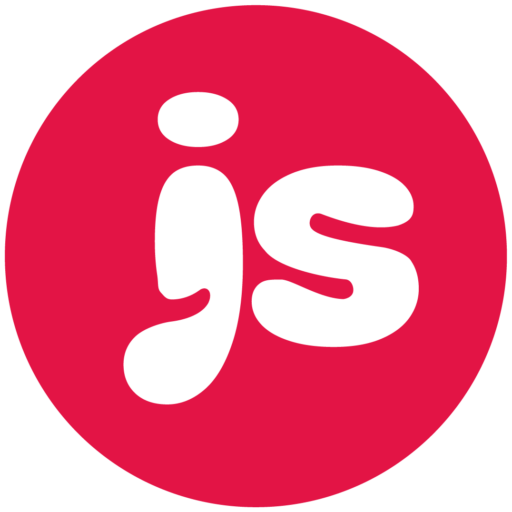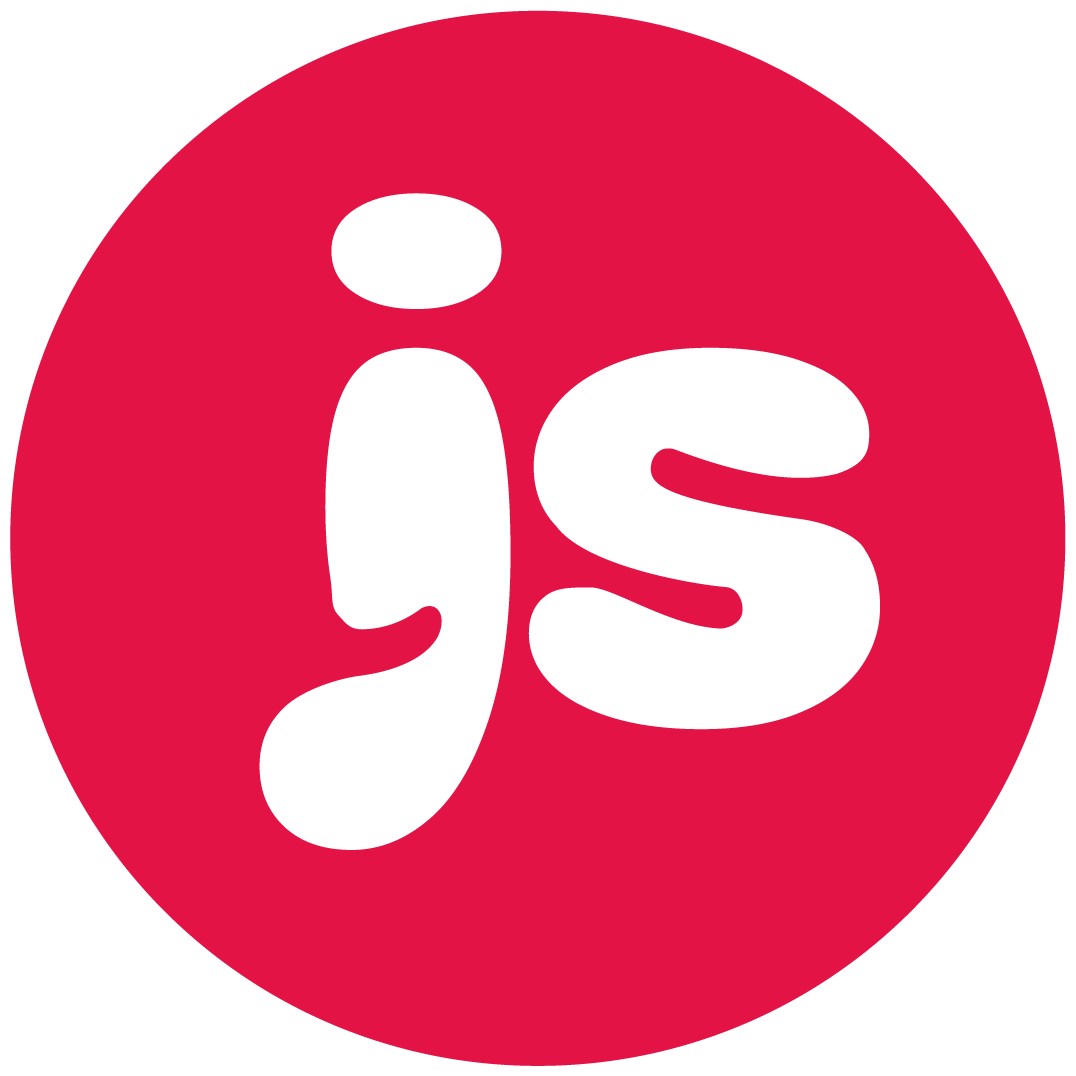Products
Why early wireframes need to look hand-drawn
There are many kinds of mockups to show users and stakeholders. Different levels of fidelity will elicit a variety of feedback. In UX, we generally assume that the lower the fidelity, the more we're looking at feedback on interaction, organization of pages in a structure, and page to page flow.…
Designing an iPhone app? Ditch the wireframes
You don't need extensive wireframes for iPhone apps. Get a solid site map and page flows together, and jump straight into design, you'll be OK (I promise) Since phones have a pretty limited UI palette, it makes more sense to start with the end. Design your high-res button elements, fonts, icons and…
Media Queries for Business apps
While media queries are typically used to handle a site's transition between different devices and screen sizes, they can also be used to enhance the desktop experience. Why use media queries? Many enterprise users have wider monitors, so as designers we should take advantage of this horizontal…
Build a better dashboard
Every product starts out as something great, and at some point, some percentage invariably end up as a single-page dashboard. Despite their ubiquity in cars, (single-page) dashboards are useless everywhere else. When you're driving, you need to see one metric: the speed you are traveling. Yes other…
Let users design your product
(They'll do a better job than you) All the objections are true: users don't have design experience; Steve Jobs said never to ask users what they want; users don't really understand the tech space; they can't know what everyone needs, because they are too embedded in their own workflows. And let's…

